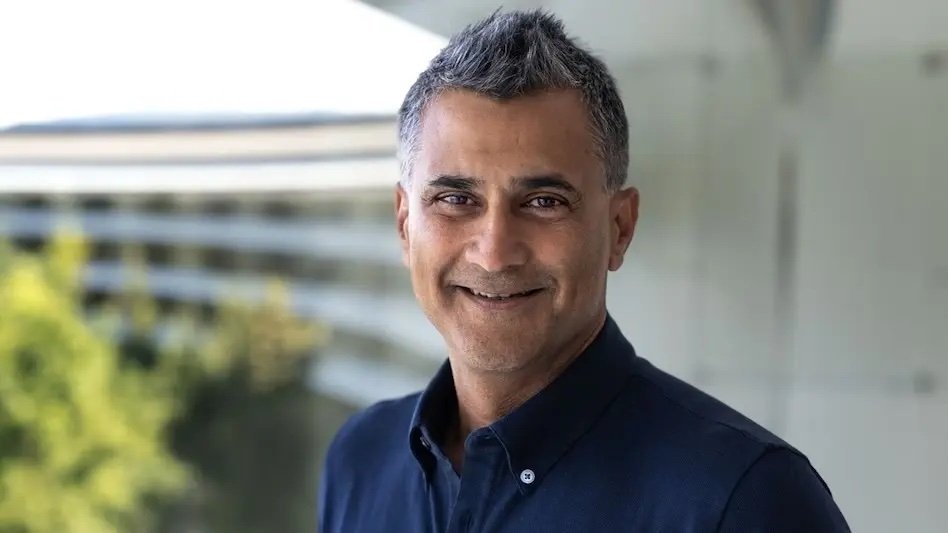Apple CEO Tim Cook says the company avoided any early financial impact of the expected tariffs during Q1 2025 — but he predicts a $900 million hit in its next quarter.
Apple’s latest earnings call covered the quarter ending March 31, 2025, which was before Trump announced his tariff plan and sent technology stocks collapsing. The quarter was also one in which Apple launched multiple significant products, from the updated Mac Studio and MacBook Air, to the brand-new iPhone 16e.
Consequently, the results reported in the call show the benefits of the product launches, and none of the figures were affected by the tariffs. However, in reports ahead of the call, Cook did comment on the question of whether panic buying had set in among consumers, prior to the tariff announcement.
“We don’t believe that there was a significant pull forward due to tariffs into the March quarter,” he said. “There’s no obvious evidence of it.”
In the call itself, Cook did go further, saying that Apple had taken steps to mitigate the early impact of the tariffs during the quarter.
“For the March quarter, we had a limited impact from tariffs as we were able to optimize our supply chain and inventory,” he said. “For the June quarter, currently we are not able to precisely estimate the impact of tariffs as we are uncertain of potential future actions prior to the end of the quarter.”
Cook did note that “most of our tariff exposure relates to the … 20% [rate], which applies to imports to the US for products that have China as their country of origin.” He added that the additional China tariffs affected “some of our US AppleCare and accessories businesses and brings the total rate in China for these products to at least 145%.”
“However, for some color, assuming the current global tariff rates, policies, and applications do not change for the balance of the quarter and no new tariffs are added,” he continued. “We estimate the impact to add $900 million to our costs.”
Cook stressed that this figure was not a guide to the impact in subsequent quarters, “as there are certain unique factors that benefit the June quarter.”
He did not specify what those factors were beyond referring to what he described as build-ahead, or presumably the company’s efforts to step up production. Cook also said that he and his team “will manage the company the way we always have, with thoughtful and deliberate decisions, with a focus on investing for the long term.”
CFO Kevan Parekh echoed Cook’s comments about what assumptions such as no further tariffs, and added that he expects “our June quarter total company revenue to grow low to mid-single digits year-over-year.”
“We expect gross margin to be between 45.5 percent and 46.5 percent, which includes the estimated impact of the $900 million of tariff-related costs,” he added. costs that Tim referred to earlier. We expect operating expenses to be between $15.3 billion and $15.5 billion. We expect OI&E [Other Income & Expenses] to be around negative $300 million, excluding any potential impact from the mark-to-market of minority investments.”
Apple and China
The greatest impact of the tariffs concerns the amount of money Apple will have to pay for its importing devices from China. The expectation is that Apple will reduce imports from China, and Cook did refer to that.
“If you look at the quarter that we’re now in…,” he said, “if you look at the US, over half of the U.S. sales of iPhone come from India.”
Sales of the iPhone had reportedly already been declining in China, but while Cook acknowledged the reports, he said the iPhone was continuing to do well in the country.
“They have this national subsidy program, and it’s helping to some degree. I mean, you can see in our results [it] accelerated sequentially,” he said. “We were at -11% in the Q1 time period, we accelerated to a -2%.”
“And if you look at the -2% and inspect it a little deeper,” he continued, “and you moved it to constant currency, we were roughly flat in constant currency.”
What’s happening with tariffs
At present, Trump has granted Apple an exemption from the tariffs, except he also says that he hasn’t. That exemption is certainly now temporary, and it will unquestionably be followed by a new series of tariffs resulting from a spurious and pre-judged investigation into semiconductor manufacture.
Trump has also officially paused the tariffs for 90 days, except he’s actually kept a base 10% tariff on all countries, and he’s also threatened to halve it to 45 days. China has been excluded from the tariff pause, and Trump announced a 125% tariff on goods imported from the country — except it turns out to really be 145%.
In response, China has put a block on the export of the rare minerals that Apple requires. According to China, Trump has also been pressing other countries to effectively isolate the nation with their own tariffs.
China has threatened unspecified retaliation against those countries, which may affect the supply lines Apple depends on. Apple, for its part, has long been working to reduce its over-reliance on China, and in the last week it was announced that two new iPhone factories were beginning production in India.





